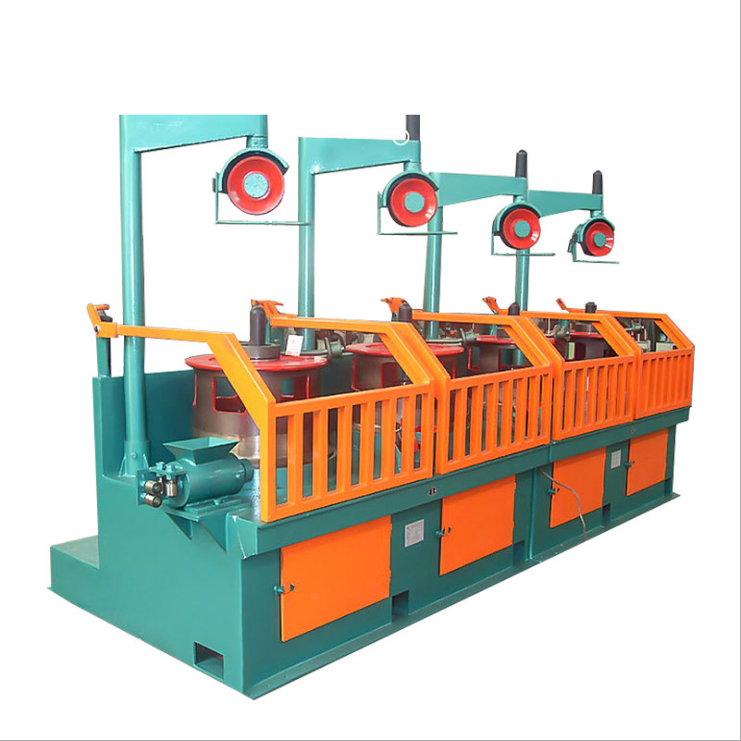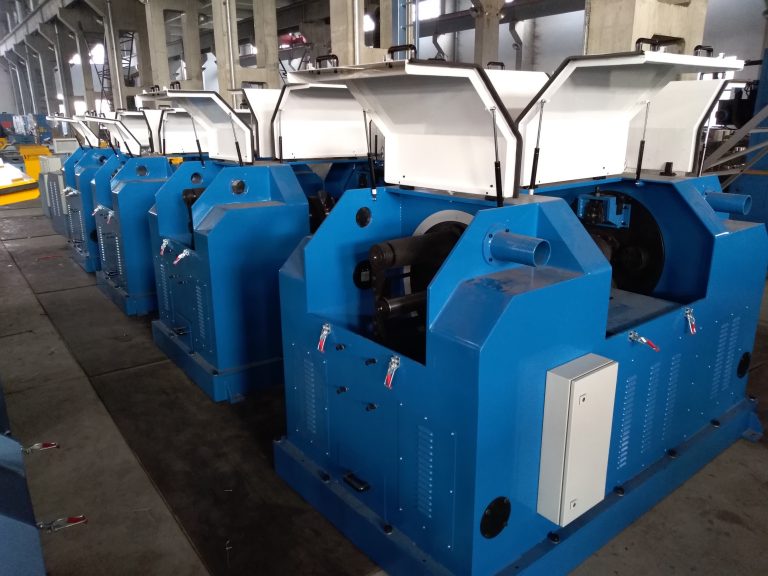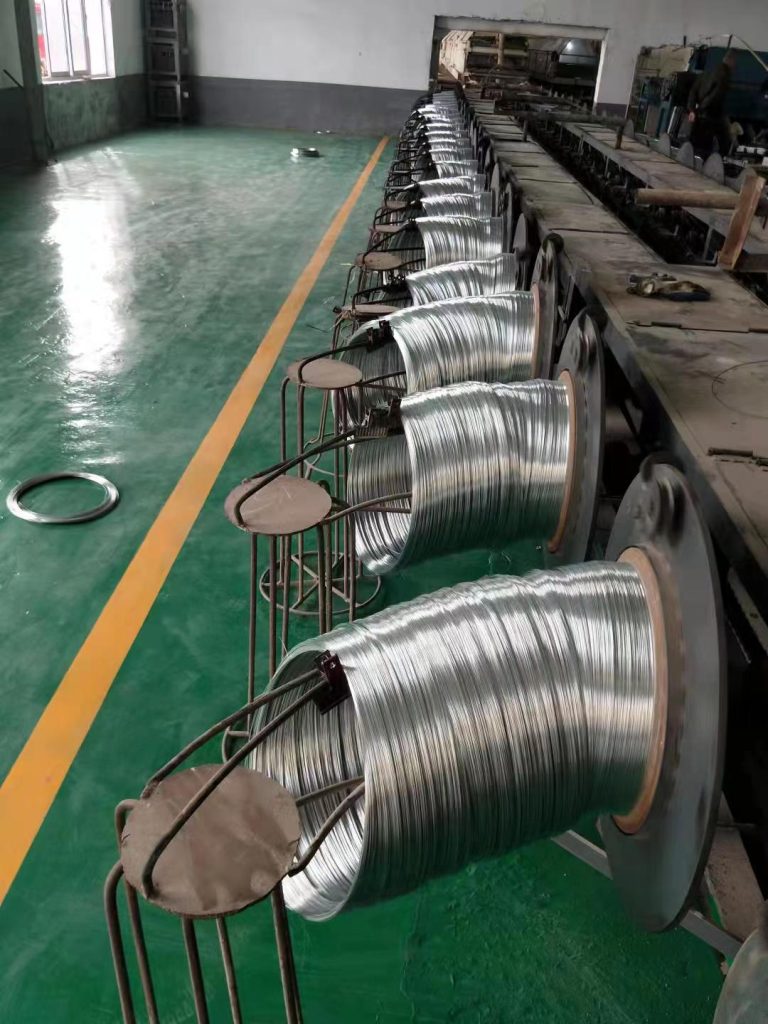How to Choose the Right GI Wire Manufacturing Plant for Your Business
When it comes to setting up a GI Wire Production Line manufacturing plant for your business, there are several factors to consider in order to ensure that you choose the right one. GI wire, or galvanized iron wire, is a type of wire that is coated with a layer of zinc to protect it from corrosion. It is commonly used in a variety of industries, including construction, agriculture, and fencing.
One of the first things to consider when choosing a GI wire manufacturing plant is the size and capacity of the plant. You will need to determine how much GI wire you will need to produce in order to meet the demands of your customers. This will help you determine the size of the plant that you will need, as well as the equipment and machinery that will be required to produce the wire.
Another important factor to consider is the quality of the GI wire that the plant produces. It is essential that the wire meets industry standards and specifications in order to ensure that it is of high quality and will perform as expected. You should research the reputation of the plant and the quality of the wire that they produce before making a decision.

In addition to quality, you should also consider the cost of the GI wire manufacturing plant. Setting up a manufacturing plant can be a significant investment, so it is important to consider the cost of the plant, as well as any ongoing expenses that may be associated with operating the plant. You should compare the costs of different plants and determine which one offers the best value for your business.
It is also important to consider the location of the GI wire manufacturing plant. The location of the plant can have a significant impact on the cost of production, as well as the logistics of transporting the wire to your customers. You should choose a location that is convenient for your business and that offers easy access to transportation routes.
When choosing a GI wire manufacturing plant, it is also important to consider the level of customer service and support that the plant offers. You will likely have questions and concerns throughout the process of setting up and operating the plant, so it is important to choose a plant that is responsive and helpful in addressing your needs.
Finally, you should consider the reputation and experience of the plant’s management and staff. A plant with experienced and knowledgeable staff will be better equipped to produce high-quality GI wire and provide excellent customer service. You should research the plant’s management team and staff to ensure that they have the expertise and experience necessary to meet your business needs.
In conclusion, choosing the right GI wire manufacturing plant for your business is a crucial decision that requires careful consideration of several factors. By considering the size and capacity of the plant, the quality of the wire produced, the cost of the plant, the location of the plant, the level of customer service and support offered, and the reputation and experience of the plant’s management and staff, you can make an informed decision that will benefit your business in the long run.
The Process of Galvanizing GI Wire in a Manufacturing Plant
Galvanized iron (GI) wire is a popular material used in various industries for its durability and resistance to corrosion. The process of galvanizing GI wire involves coating it with a layer of zinc to protect it from rust and other environmental factors. In a manufacturing plant, this process is carried out with precision and care to ensure the highest quality product.
The first step in the galvanizing process is to clean the GI wire thoroughly. This is done to remove any dirt, grease, or other contaminants that may be present on the surface of the wire. Cleaning is essential to ensure that the zinc coating adheres properly to the wire and provides maximum protection against corrosion.
Once the wire is cleaned, it is then dipped into a bath of molten zinc. This process, known as hot-dip galvanizing, involves immersing the wire into a tank of liquid zinc at a temperature of around 450 degrees Celsius. The high temperature of the zinc causes it to bond with the surface of the wire, creating a strong and durable coating.
After the wire has been immersed in the zinc bath, it is removed and allowed to cool. As the wire cools, the zinc coating solidifies and forms a protective layer over the surface of the wire. This layer of zinc acts as a barrier, preventing moisture and other corrosive elements from reaching the underlying iron wire.
Once the wire has cooled and the zinc coating has hardened, it is inspected for quality control. Any defects or imperfections in the coating are identified and corrected to ensure that the final product meets the required standards. Quality control is an essential part of the galvanizing process, as it ensures that the finished GI wire is of the highest quality and will provide long-lasting protection against corrosion.
In addition to hot-dip galvanizing, there are other methods of galvanizing wire drawing machine For Zinc Coating GI Wire that can be used in a manufacturing plant. One such method is electroplating, which involves passing an electric current through a solution of zinc ions to deposit a layer of zinc onto the surface of the wire. Electroplating is a more precise and controlled process than hot-dip galvanizing, but it is also more expensive and time-consuming.
Regardless of the method used, galvanizing GI wire in a manufacturing plant requires careful attention to detail and adherence to strict quality control standards. The process must be carried out with precision and care to ensure that the finished product meets the required specifications and provides maximum protection against corrosion.
In conclusion, the process of galvanizing GI wire in a manufacturing plant is a complex and precise operation that requires careful attention to detail and adherence to strict quality control standards. By following the proper procedures and using the right techniques, manufacturers can produce high-quality GI wire that is durable, corrosion-resistant, and suitable for a wide range of applications.
Benefits of Using GI Wire in Construction Projects
Galvanized iron (GI) wire is a popular choice in construction projects due to its durability and strength. GI wire is made by coating iron or steel wire with a layer of zinc, which helps protect the wire from corrosion and rust. This makes it an ideal material for use in various construction applications, such as fencing, concrete reinforcement, and suspension bridges.
One of the key benefits of using GI wire in construction projects is its resistance to corrosion. The zinc coating on the wire acts as a barrier, preventing moisture and other corrosive elements from reaching the underlying iron or steel. This helps extend the lifespan of the wire and ensures that it remains strong and reliable over time. In addition, the zinc coating also provides a smooth surface that makes it easier to work with and reduces the risk of injury during installation.
Another advantage of using GI wire is its high tensile strength. GI wire is known for its ability to withstand heavy loads and resist stretching or breaking under pressure. This makes it an ideal material for applications where strength and durability are essential, such as in the construction of bridges, buildings, and other structures. Additionally, the flexibility of GI wire allows it to be easily bent and shaped to fit the specific requirements of a project, making it a versatile and cost-effective option for construction projects of all sizes.
In addition to its durability and strength, GI wire is also a sustainable choice for construction projects. The zinc coating on the wire is recyclable, making it an environmentally friendly option for builders and contractors looking to reduce their carbon footprint. By choosing GI wire, construction companies can help minimize waste and promote sustainability in their projects, while still benefiting from the superior performance and longevity of this versatile material.
Furthermore, GI wire is easy to work with and requires minimal maintenance. Its smooth surface and flexibility make it simple to install and manipulate, saving time and labor costs on construction projects. Once in place, GI wire requires little upkeep, as the zinc coating helps protect it from the elements and prevent rust and corrosion. This means that builders and contractors can rely on GI wire to provide long-lasting support and stability without the need for frequent repairs or replacements.
Overall, the benefits of using GI wire in construction projects are clear. From its resistance to corrosion and high tensile strength to its sustainability and ease of maintenance, GI wire offers a range of advantages that make it a top choice for builders and contractors around the world. By investing in a GI wire manufacturing plant, construction companies can ensure a steady supply of this essential material for their projects, while also reaping the benefits of its superior performance and durability. Whether used for fencing, concrete reinforcement, or other applications, GI wire is a reliable and cost-effective solution that can help ensure the success of any construction project.






